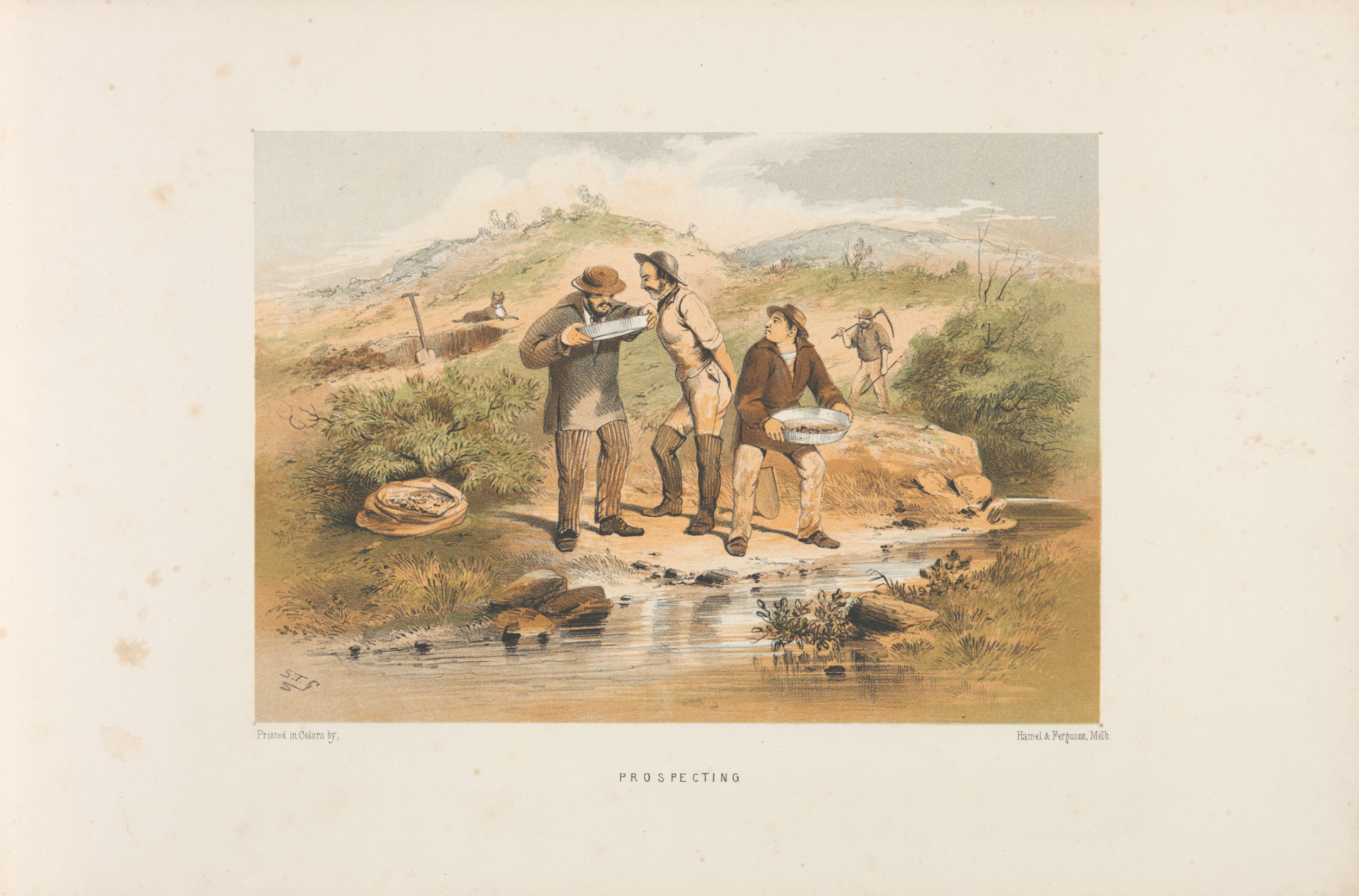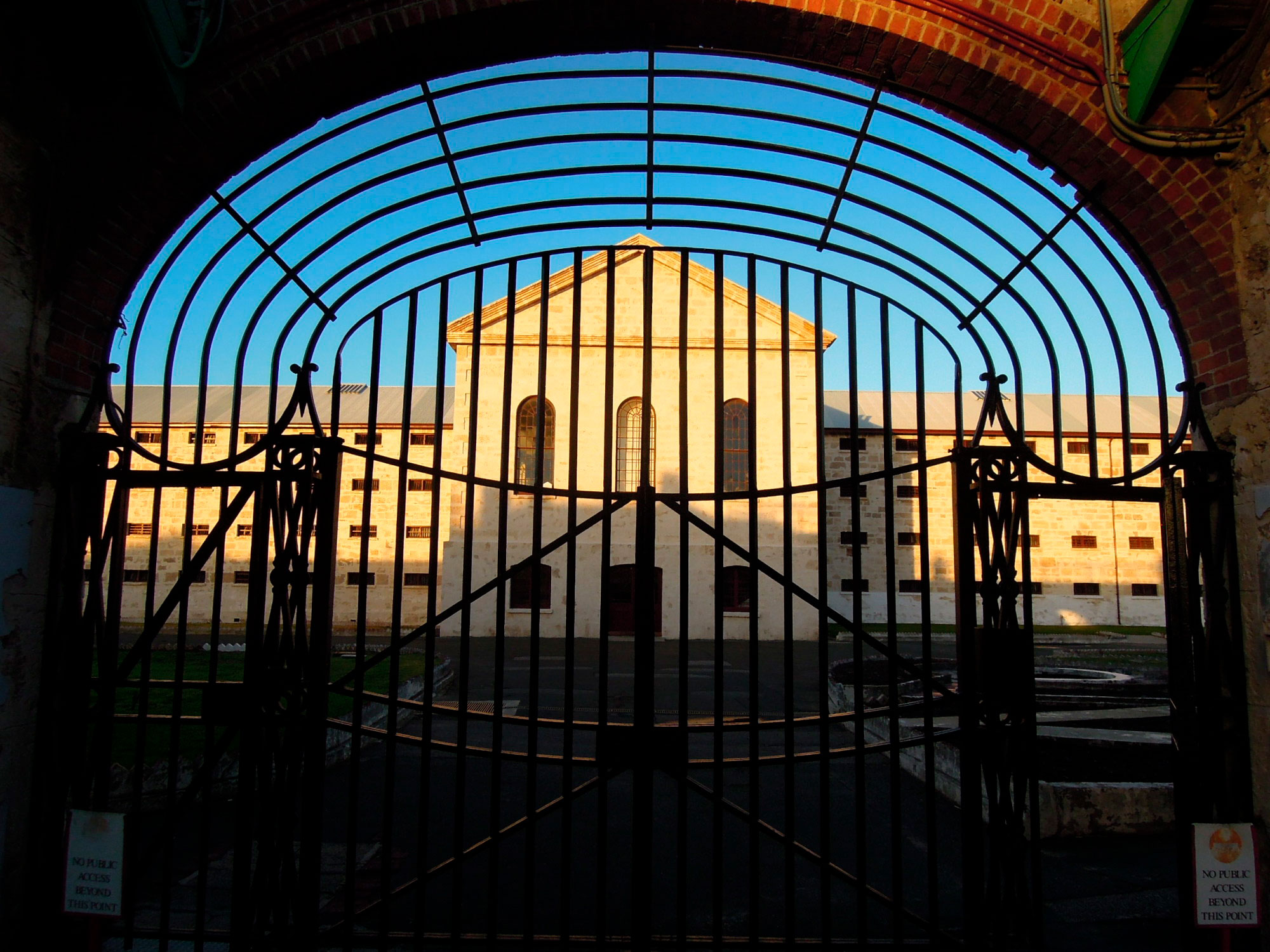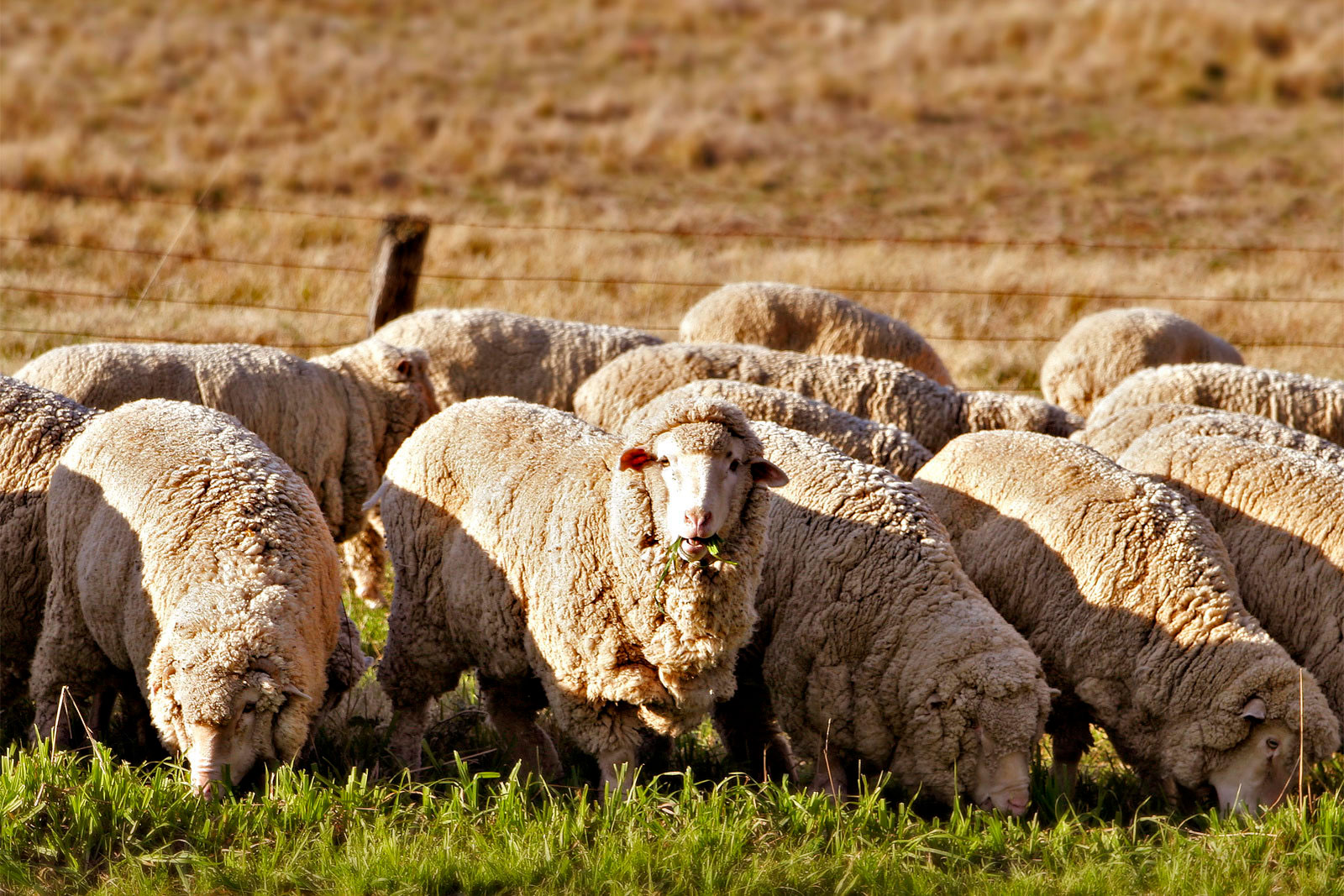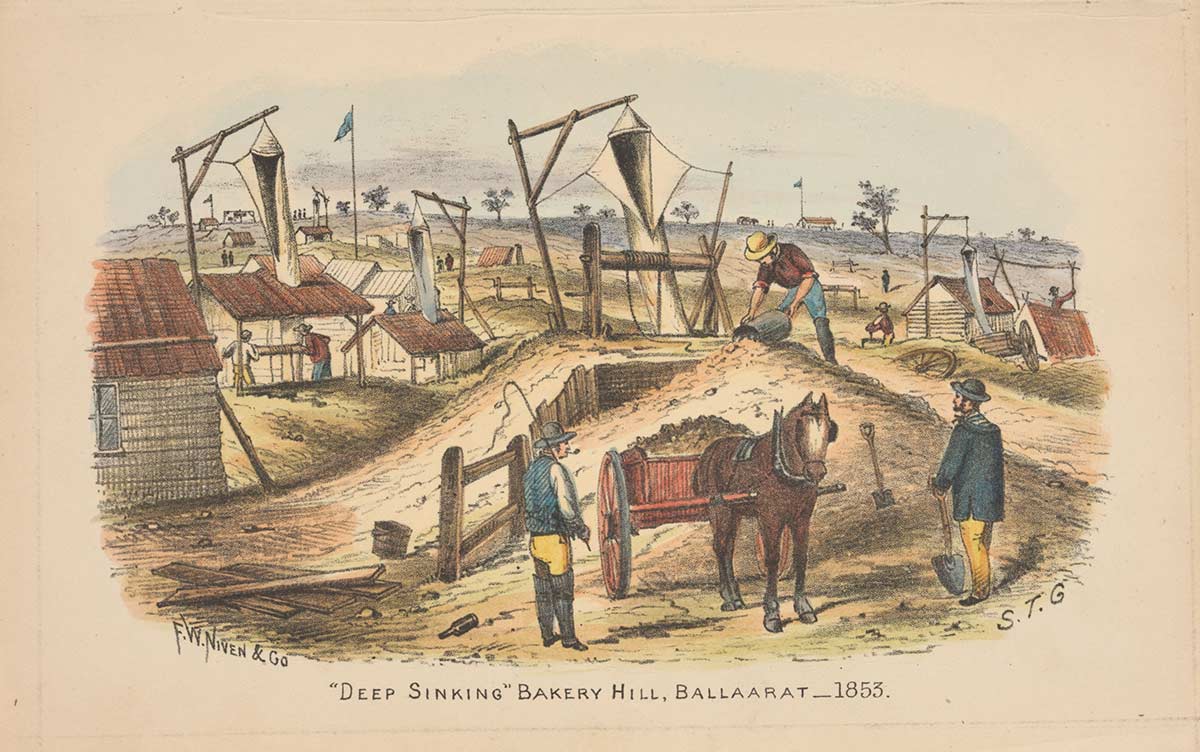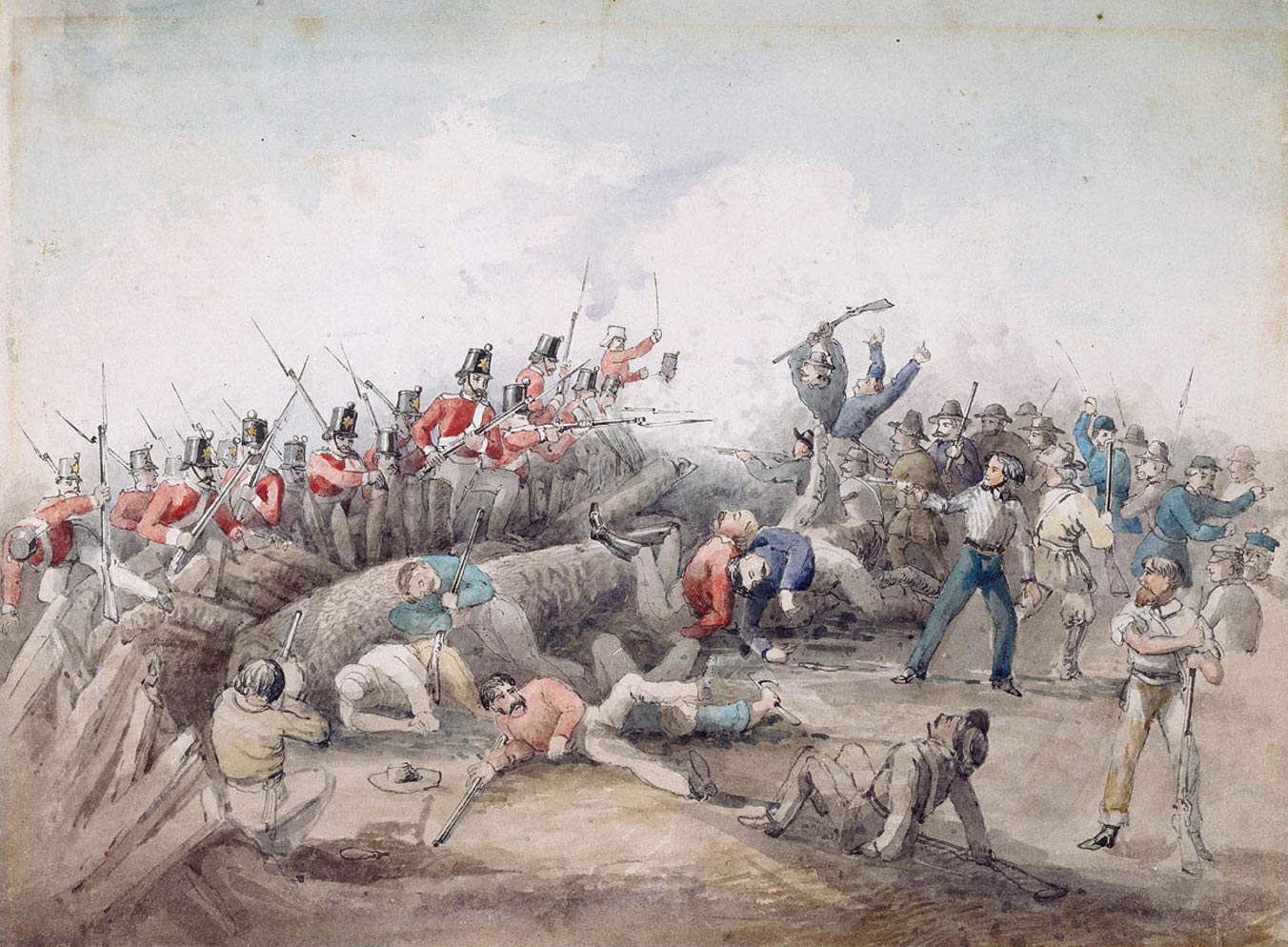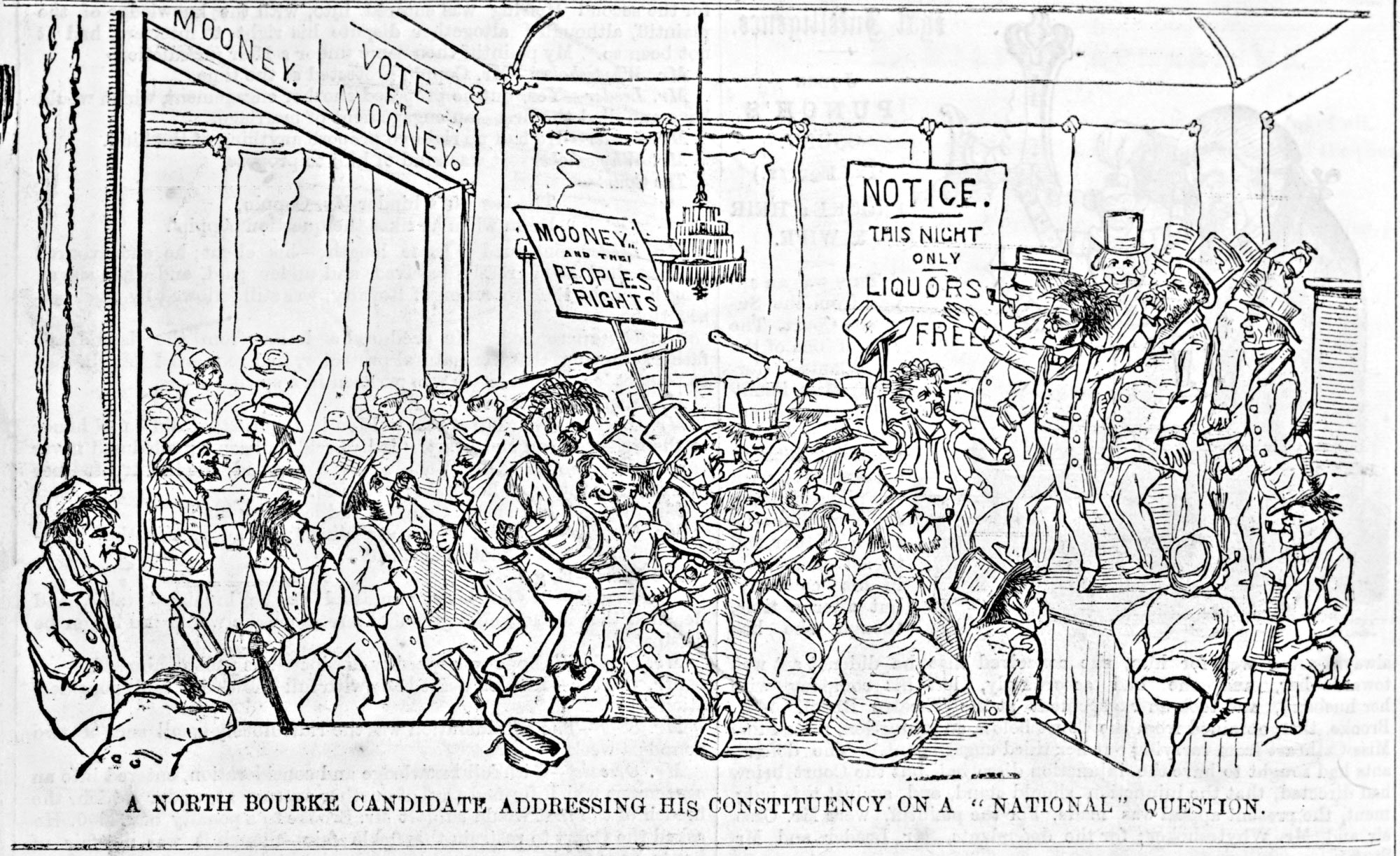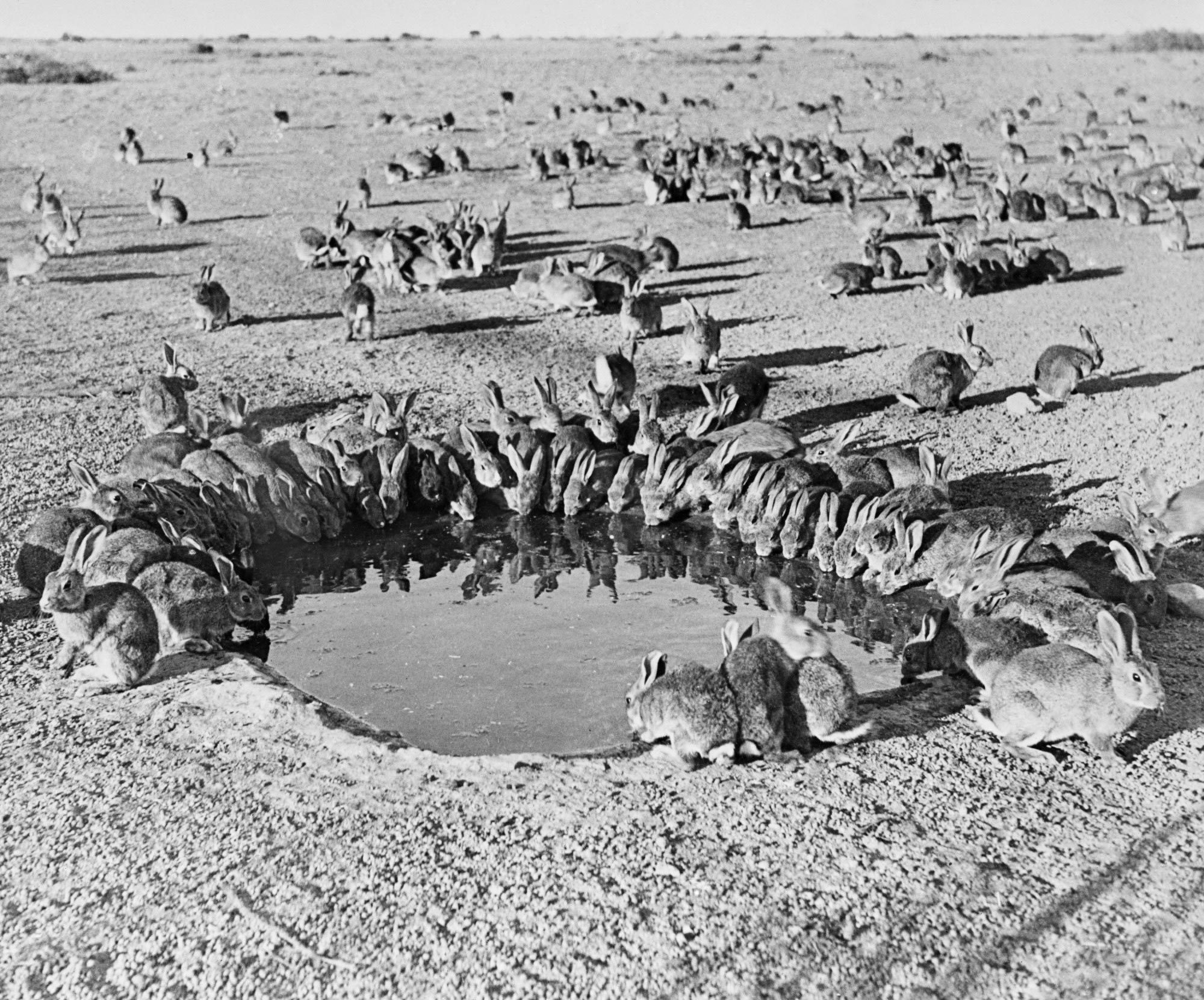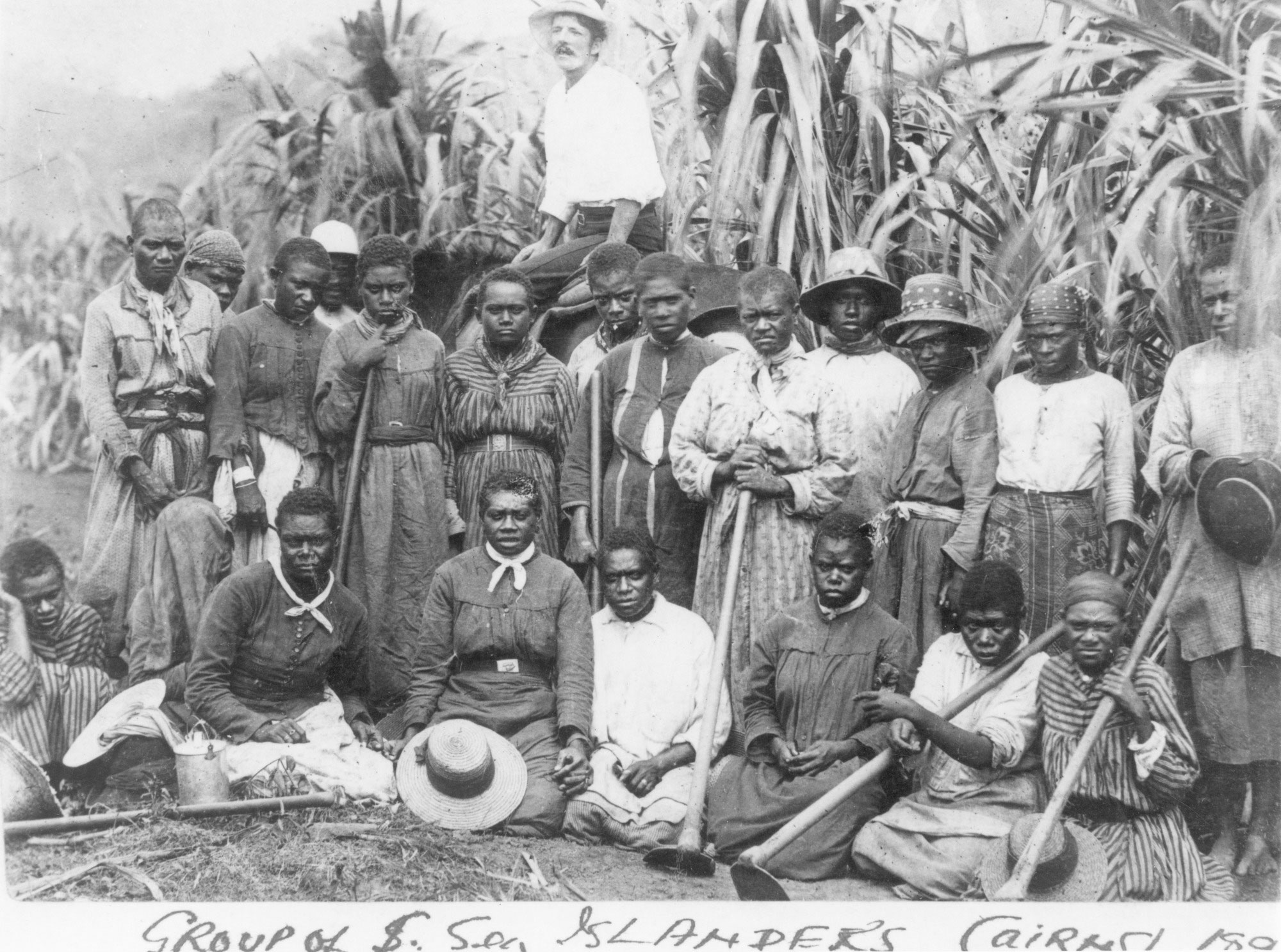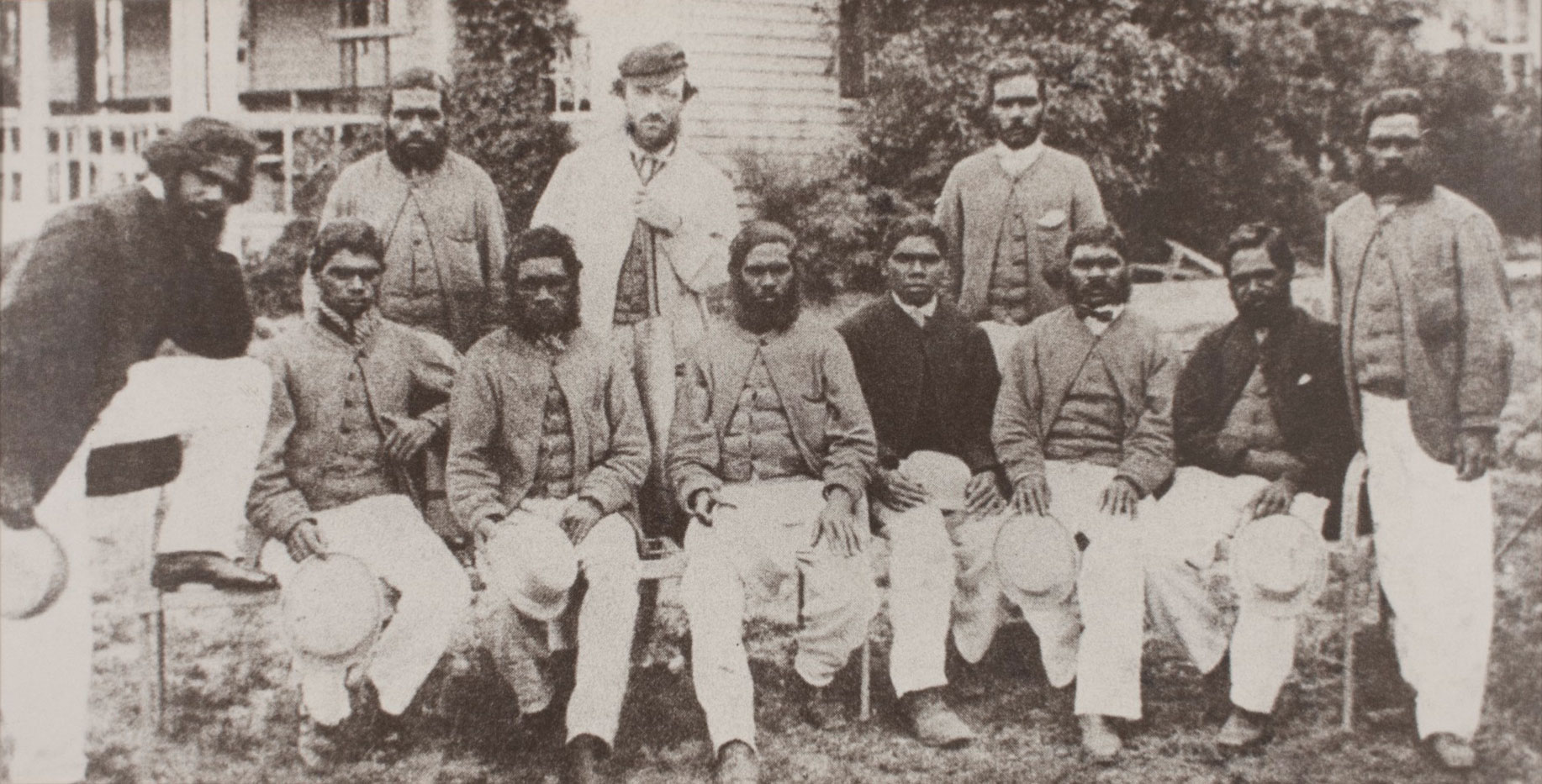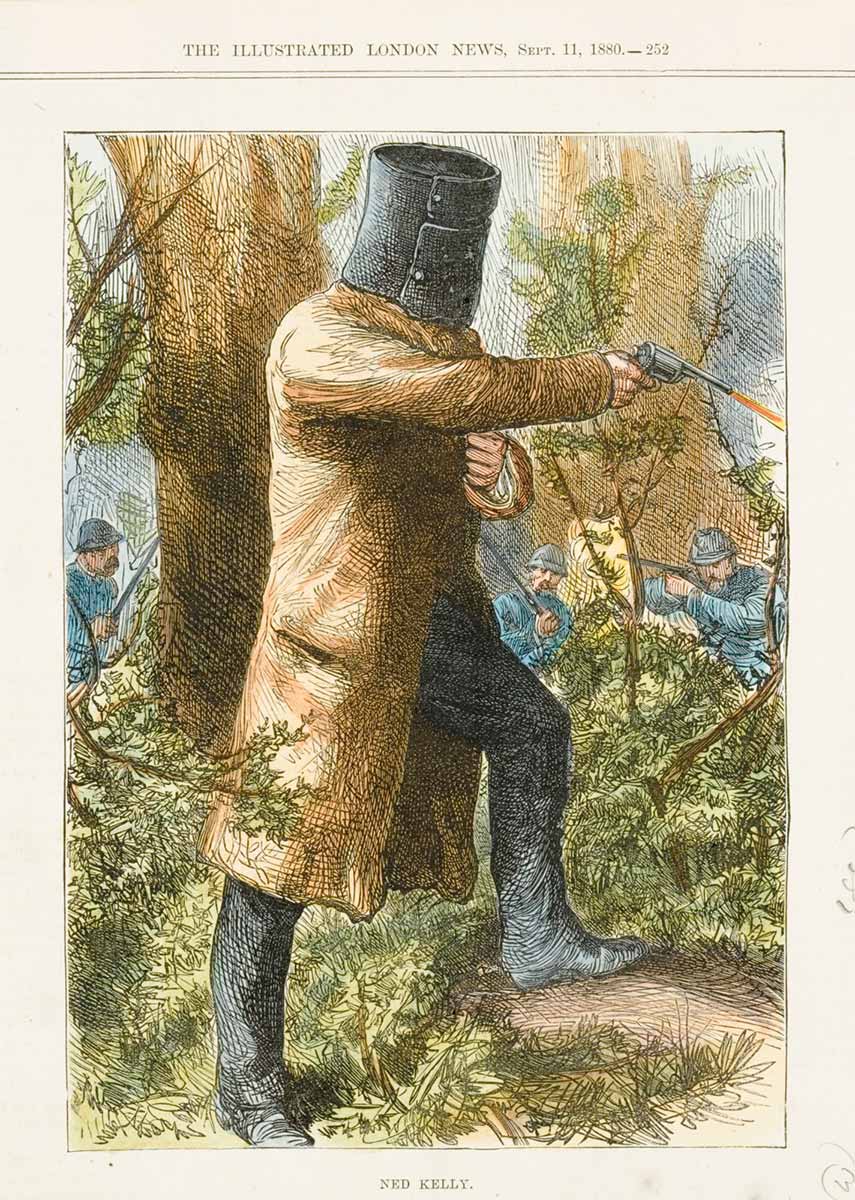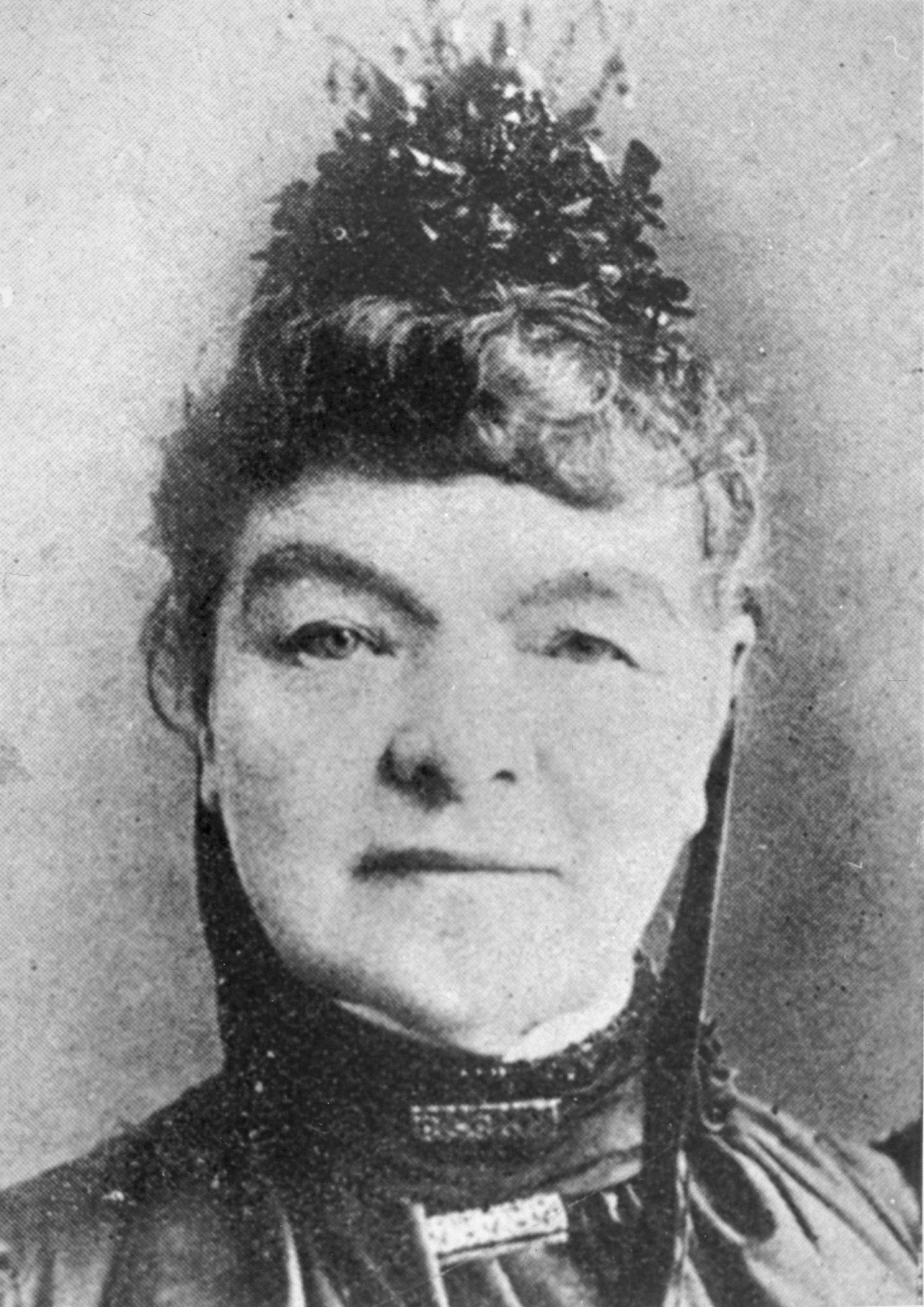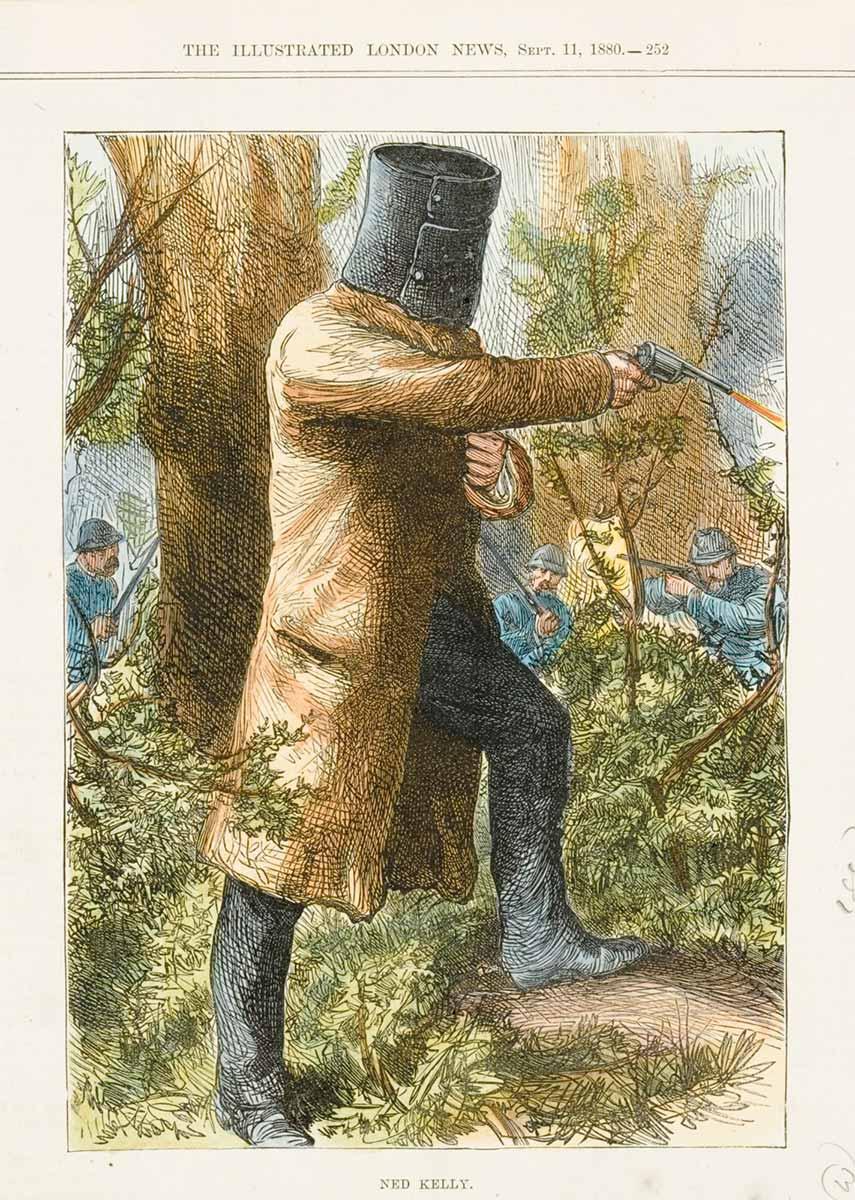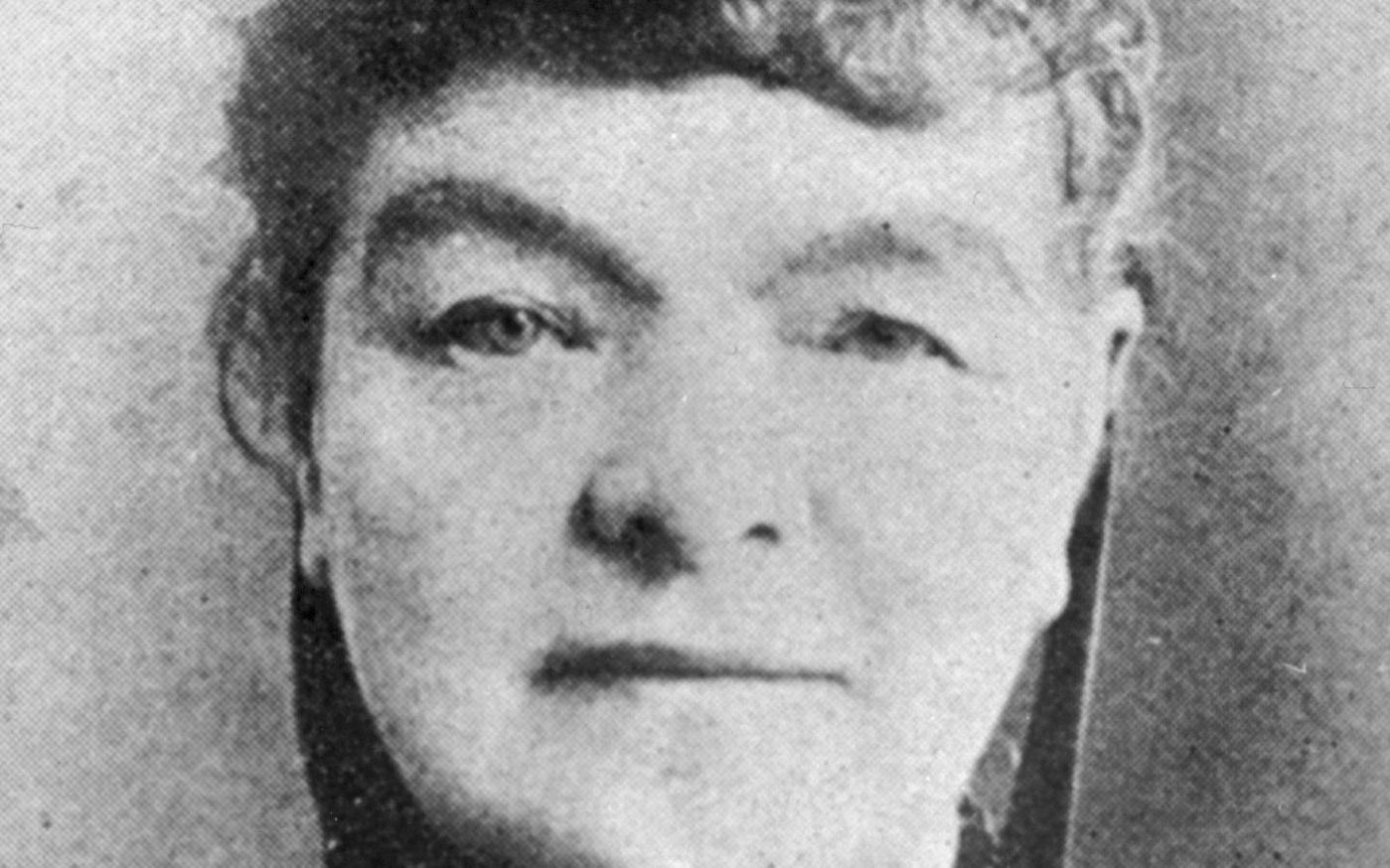Learning module:
Colonial Australia Defining Moments, 1788–1900
Investigation 1: What made us who we are today? Significant events in Australian history in the 1800s
1.13 Murray River irrigation: ‘Turning water into food’
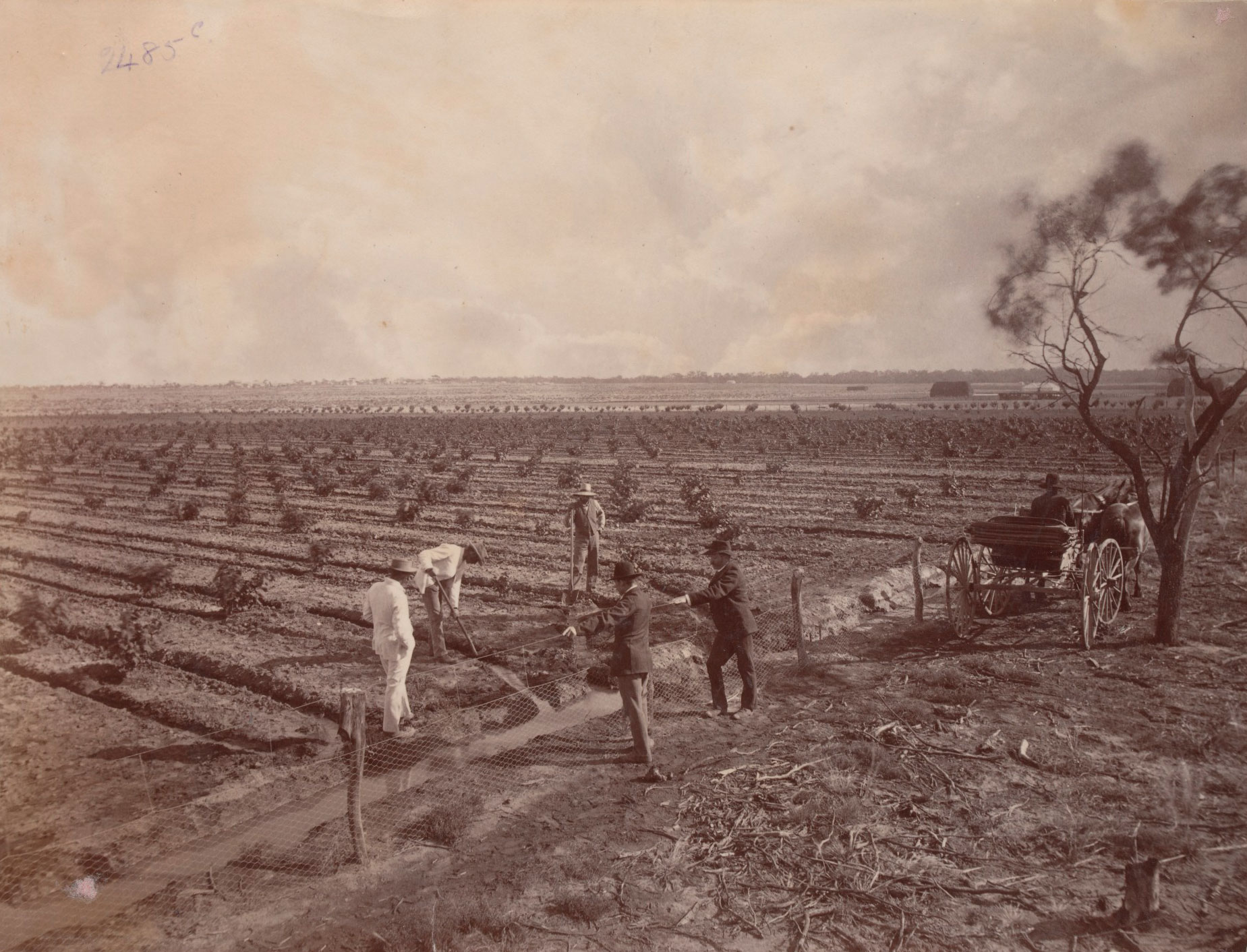
Imagine that you are in a new place.
It is flat, near a large river, but there is no reliable rainfall. The soil is good. If only you could get a reliable source of water on to the soil you are sure you could grow a lot of fruit trees and other food.
-
What could you do to get water to this place?
Discuss your ideas, then see how something like this really did happen in Australia.
Your task is to go through each evidence file and answer the questions.
|
Meet the Chaffey brothers |
Carrying water to the soil |
Creating Sunraysia |
Overcoming problems |
Looking at a photograph |
Evidence file A
Meet the Chaffey brothers
From 1877 to 1884, Victoria suffered a series of severe droughts.
The Victorian politician, Alfred Deakin, asked two Canadians, the Chaffey brothers, to come to Victoria. They were experts in irrigation in California. Deakin asked them to look at the Mildura area, which was flat, had good soil, and was on the Murray River.
1. Check your understanding of this evidence by selecting true or false for these statements.
Evidence file B
Carrying water to the soil
The irrigation involved digging a series of water channels to connect a river to paddocks. River water would be pumped by steam engines into small dams, and then into channels that carried the water into paddocks to water fruit trees. The amount of water being pumped into the channels could be controlled, so it would not be wasted.
2. Check your understanding of this evidence by completing these statements.
Evidence file C
Creating Sunraysia
The Chaffeys came to the area in 1886, and set up two irrigation systems: one for Mildura in Victoria, and one for Renmark just over the border in South Australia. The area became known as Sunraysia.
By 1890 the population of Mildura and Renmark had both doubled as new people came to set up irrigated farms.
3. Check your understanding of this evidence by selecting true or false for these statements.
Evidence file D
Overcoming problems
However, the farmers did not have a way of sending the fruit to Melbourne, and the water created salinity — salt underneath the soil, formed when the area was under the sea millions of years ago, was brought to the surface, harming the trees.
By 1903 a train connection to Melbourne was finished, and the farmers had worked out how to stop the salinity.
Over the past century, Sunraysia has developed into one of Australia’s most important agricultural production regions; more than 60,000 people now live there and the area produces almost all of Australia’s dried vine fruit, 75% of its table grapes, 24% of its citrus fruits and 20% of its wine grapes.
4. Check your understanding of this evidence by completing these statements.
Evidence file E
Looking at a photograph
Here is a photograph of farmers at Mildura:

5. What are they doing?
6. Where will the water for the plants come from?
7. How do you know that this is an area that can be irrigated?
8. How will the farmers get water on to the crop?
Conclusion
9. Think about everything you have learned in this investigation. (a) What happened? (b) When? (c) Where? (d) Why?
10. Do you think this event is important in Australian history? Why?
11. The National Museum of Australia has many objects on display. These objects are linked to stories of people, places, events or ideas, and help us understand more about those stories.
Suggest three possible objects relating to water or food that could be in a museum.
12. If you could choose an object to put on display in the National Museum of Australia about irrigation, what would it be? Make a choice, and write a short caption for it.
Finding out more
To find out more go to 1887 Australia’s ‘fruit basket’ — Murray River irrigation begins






